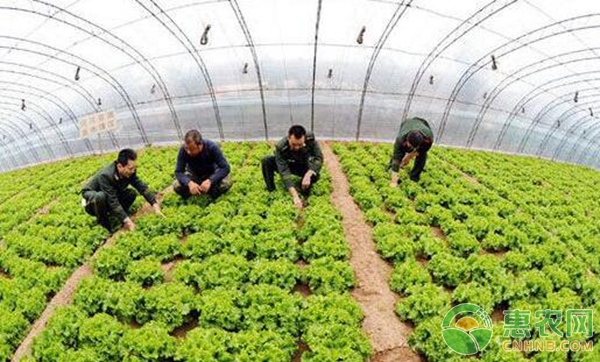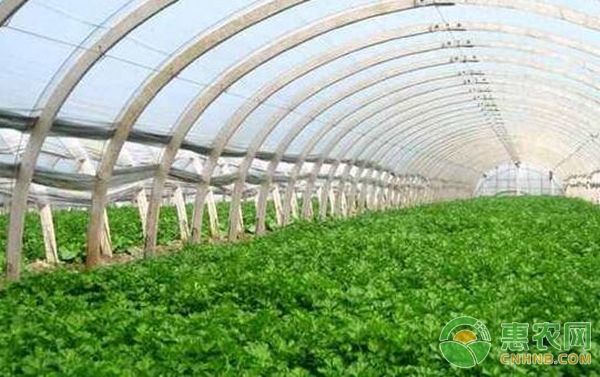Vegetables in greenhouses often have pests and diseases, because your field management is not in place.
In the cultivation of vegetables, due to improper management of humans, a variety of pests and diseases can occur, especially in greenhouse vegetables. Because the environment is relatively closed and unique, pests and diseases will occur when improperly managed. Below, Xiaobian will talk to you about the harm caused by improper management of greenhouse vegetables and how to strengthen daily management measures.

Improper temperature and humidity management
Most fungal and bacterial diseases occur at temperatures between 15 and 26, and humidity is around 90%. Generally, growers will ventilate around 10 am, but will cause vents during the night and at night. shut down. This will directly lead to low temperature in the greenhouse but high humidity, which is easy to breed diseases.
Improper management of soil temperature
Soil temperature has a certain impact on soil plants, microorganisms and soil fertility. Changes in these environmental factors will seriously affect the growth and development of vegetable roots, reduce the respiration and absorption capacity of roots, leading to slow growth of vegetables and easy induction of pests and diseases.
Clean up is not in place
Many vegetable farmers have no sense of prevention for the flowers that are defeated, the leaves and fruits that are weak, and feel that these are nothing. However, these diseases contain a large number of germs, as well as harmful substances such as eggs and adults. If they are not burned in time, they will spread, causing pests and diseases and affecting crop growth.
Therefore, in order to avoid the above situation, it is necessary to strengthen daily management measures to avoid the occurrence of pests and diseases from the source.

Temperature and humidity management
Cold-tolerant, semi-hardy vegetables
During the growth period from December to February, the temperature in the shed should be kept between 20 and 22 degrees to maintain a relatively dry environment.
When the weather is fine, the temperature should be ventilated when the temperature in the shed is 25 degrees. When the temperature drops to about 20 degrees, the vents should be closed in time; when the temperature is cloudy, the temperature in the shed is basically below 20 degrees, and should be ventilated between 10-11 am. Close the vents after about an hour.
Warm vegetables
During the growth period from March to May, the temperature in the shed should be kept between 26-28 degrees to maintain a relatively dry environment.
When the weather is fine, the external temperature should be raised to 12 degrees for about half an hour. The moisture and harmful substances in the shed will be discharged, and then the vents will be closed until the temperature in the shed rises to 30 degrees. Ventilate and cool down, and wait until the temperature drops to about 25 degrees to close the vent.
Increase soil temperature
Adding organic fertilizer and leaf rainbow time microbial agents, organic fertilizer can not only release heat, improve soil temperature, but also promote micro-bacterial agents and improve efficacy. Effectively improve the soil environment, improve soil performance, and enhance crop stress resistance.
In addition, high ridge cultivation and mulching can be carried out, and the ground temperature can be increased by about 1-3 degrees, and the deep soil layer is good for the growth and development of vegetables, the reduction of humidity in the shed, and the reduction of pests and diseases. Promotion.
Gummy Bear,Juicy Soft Candy,Juice Gummy Candy,Jelly Gummy Candy
Montreal Shantou Food Co., Ltd , https://www.montrealsnack.com